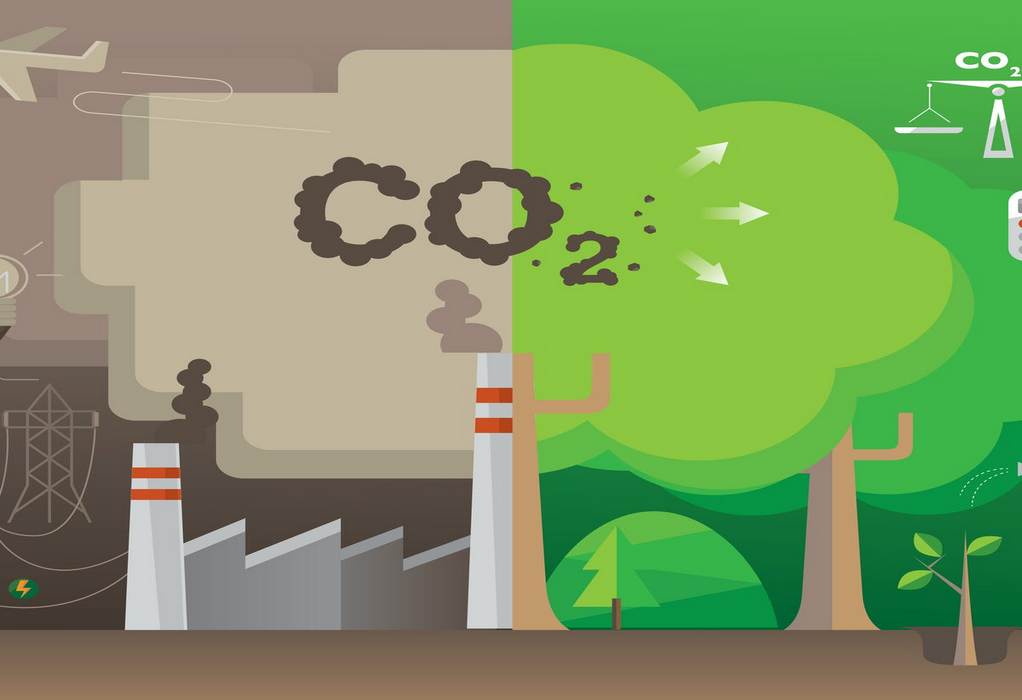The commitments on emission control made by India at the recent Glasgow COP26 summit are expected to benefit the country in the long-term with new technologies in energy efficiency, carbon reduction and green fuels, rating agency ICRA said adding this is likely to attract investment in billions across sectors.
ICRA, in its recent research report, has analysed India’s commitment in two phases – up to 2030, and the net-zero target for 2070.
Being a developing country, which is at an inflection point in terms of its energy consumption, the nation’s per capita energy consumption is expected to surge 3x-4x over the long term. Parallel to this, India has also committed to reducing greenhouse gas (GHG) emissions by 1 bn MT by 2030. The country has additionally committed to a net-zero carbon emission target by the year 2070, by when the per capita energy consumption would have surged multifold from current levels, it said.
“In order to achieve the net-zero target by 2070, a focused roadmap would be required. It calls for timely interventions by the government and large capex/investments in GHG emitting sectors like power, industry, and transport. These sectors together emit 90% of CO2 as per 2019 data of the International Energy Agency. Ambitious targets for COP26 open massive investment opportunities across segments stemming from 500 GW renewables by 2030, higher EV penetration (10% by 2025), 20% ethanol blending for petrol (3x increase from current levels), improvement in energy efficiencies (battery storage, smart cities, etc.) and improvement in carbon capture from enhancing green cover and use of advanced technologies. This would be a daunting task, and would need massive policy interventions to ensure investments across aforementioned sectors remain profitable enough to sustain well beyond 2030,” Rohit Ahuja, Head of Research and Outreach, ICRA said.
The five-pronged strategy presented during the COP26 summit includes higher generation and use of renewable energy sources for incremental energy needs, limiting and then reducing emissions from conventional sources of energy. This makes strategic sense considering recent success in capacity additions (>150 GW capacities commissioned), and coal power generation being the largest contributor to carbon emissions, the report said.
CO2 emissions form 76% (~2 bn MT) of overall GHG emissions (~2.7 bn MT) in India, most of which (>80%) stem from the use of coal.
Incremental addition of 5 times in non-fossil fuels power generation capacity by 2030 is required for which India would need about $450-500 bn investments including investment towards transmission infrastructure and storage capabilities.
Higher reliance on renewables for energy sourcing will necessitate more and more dependence over the years to achieve net-zero, which has to be increased over years. The targeted emission intensity which is a multiple of GHG emission to per unit of GDP will need a lower pace of GHG emission growth compared to GDP.
Carbon sequestration (means a natural or artificial process by which carbon dioxide is removed from the atmosphere and held in solid or liquid form) growth is estimated at 3-6% every year to achieve a reduction of 1 BT of carbon emission. It is critical in order to get to the net-zero position.
A developing nation like India, with one of the highest economic growth globally, cannot afford ac Gross Zero with nil carbon emissions. Achieving net-zero by 2070 needs carbon sequestration at the same level of GHG emission, it said.
This means, post-2030 projections, a steady pace of sequestration (1-3% range) would be needed to reach the net-zero levels in 2070. This calls out for a huge investment, which is estimated at annually Rs. 115-135 bn (per Niti Aayog report for carbon sequestration).
Pollution in cities is increasing alarmingly and three Indian metro cities Delhi, Mumbai and Kolkata feature in the list of top 10 most polluted cities in the world. Recent developments in Delhi, forcing the state government to take extreme steps (such as a partial lockdown) to ensure a decline in pollution levels, continues to indicate a deteriorating problem.
“Being one of the fastest-growing economies in the world, India needs to find a fine balance between reduction in carbon emission, and surging energy needs. As the country enters the developed economy tag over the next few years, the per capita energy consumption is set to surge multifold (with China being 4x and the US being 10x of India). The government policies need to ensure no compromise in its ever-expanding energy needs that could hamper its growth ambitions, while simultaneously working towards removing the tag of one of the most polluting nations in the world,” Rohit Ahuja, Head of Research and Outreach, ICRA said.
Source: Economic Times




Recent Posts
India to supply 4.12 lakh tonne green hydrogen derivatives to Japan, Singapore
Green hydrogen gets official stamp as India notifies certification scheme
Wärtsilä expands methane slip reduction capabilities by introducing NextDF technology
GS E&C, Amogy, and HD Hyundai Infracore partner with South Korean City Pohang-si
SK Incheon Petrochem Launches South Korea’s First B30 Biofuel Marine Fuel to Support Maritime Decarbonisation
JSW Infrastructure Eyes Green Hydrogen and Ammonia to Power Sustainable Port Operations
HAV Group Secures Contract to Deliver Onshore Charging Stations for Norled Ferries in Northern Norway
Artemis Technologies to Supply Electric Hydrofoiling Pilot Boat for Noatum Maritime Operations in UAE